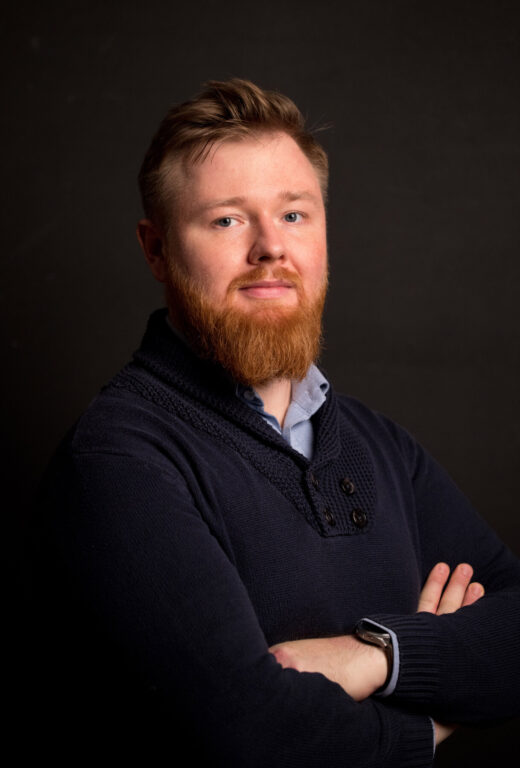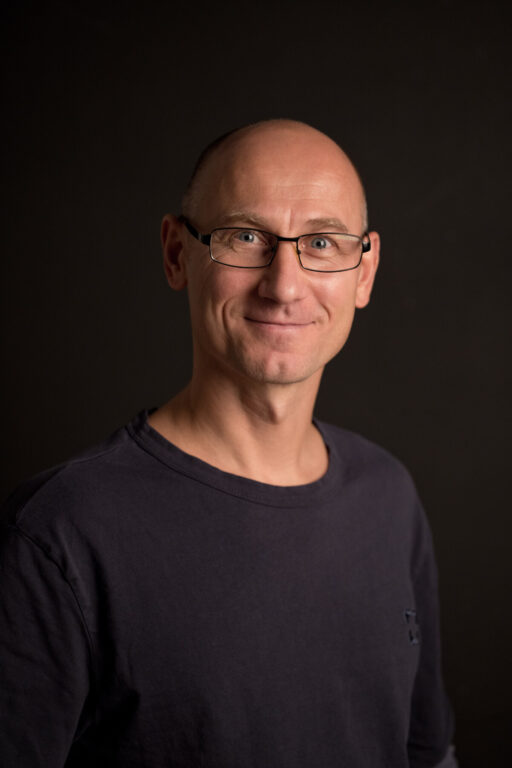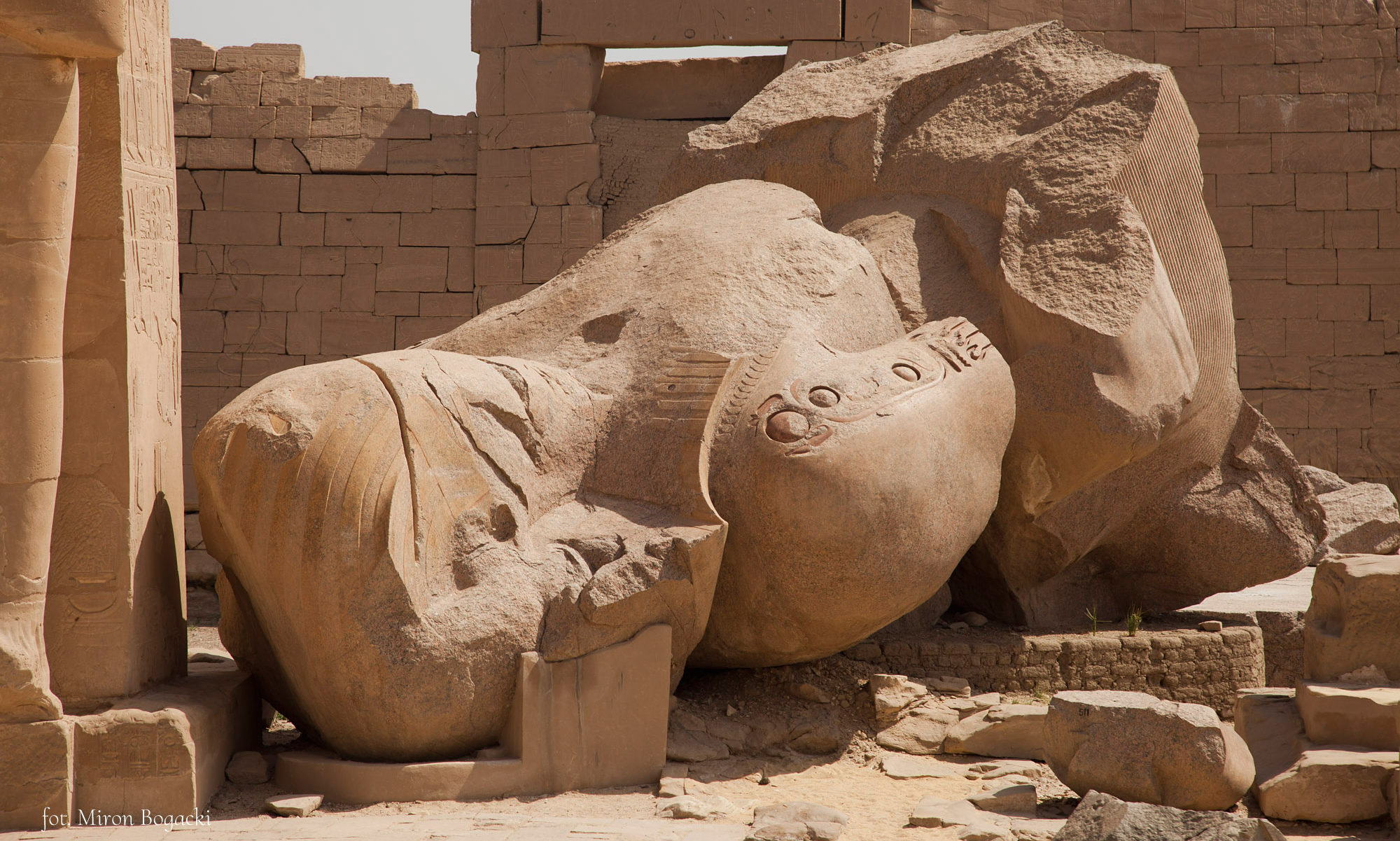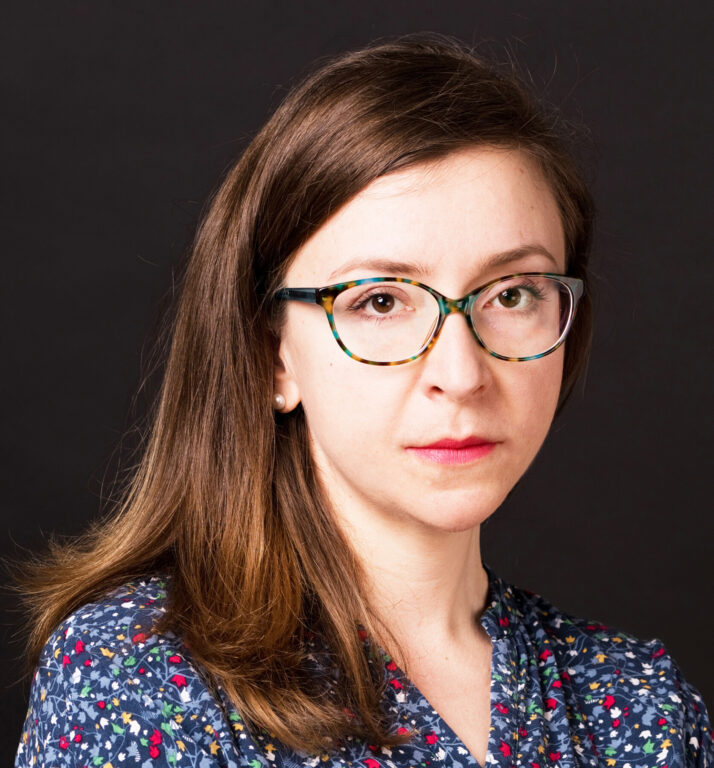
Grzegorz Czajka, MA
Department of Barbaricum and the Roman Provincial Archaeology
Non-Invasive and Digital Archeology Laboratory
e-mail:
g.czajka@uw.edu.pl
phone number:
+48 22 55 22 805 (806)
duty hours:
Tuesday 3 p.m. – 4:30 p.m., room 3.05
Wednesday 3 p.m. – 4:30 p.m., room 3.05
It is possible to individually schedule a consultation or online meeting via the Google Meets platform.
research interests:
– Bronze Age and Early Iron Age archaeology
– cave archaeology
– spatial analysis
– ceramology
– numismatics
bibliography:
Gryczewska N., Czajka G., Szeliga M., Pyżewicz K., Kot M. (2024) Kamieniste Rockshelter – rediscovery of a Neolithic site. Śląskie Sprawozdania Archeologiczne, 66, 99-111.
DOI: 10.34616/ssa.2024.66.99.111
Wojenka M., Kontny B., Przybyła M., Szczepanek A., Jaskulska E., Belka Z., Fetner R., Goslar T., Czajka G., Popović D., Baca M., Wilczyński J., Kot M. (2023) Cave funeral practices during the Roman and Migration Periods in the Cracow Upland, southern Poland, Journal of Archaeological Science: Reports, 52.
DOI: 10.1016/j.jasrep.2023.104250
Czajka G., Szeliga M., Kot M. (2023) Nie tylko garncarz. Zabytki pradziejowe ze schroniska garncarskiego w Dolinie Sąspowskiej. Prądnik. Prace i materiały Muzeum im. prof. Władysława Szafera, 33, 95-104.
DOI: 10.5281/zenodo.10435156
Kot M., Czajka G., Jaskulska E., Szeliga M., Kontny B., Marciszak A., Mazur M., Wojenka M. (2021) Exceptional sepulchral use of caves in Lusatian culture: new evidence from the Sąspówka Valley in the Polish Jura. Archeologické rozhledy, LXXIII, 200-227.
doi.org/10.35686/AR.2021.7
Leloch M., Jakubczyk M., Przybyła M., Pyżewicz K., Szeliga M., Wojenka M., Czajka G., Kot M. (2021) A multiproxy approach to studying a large prehistoric enclosure in Ojców, Kraków Upland, Poland. Archaeological Prospection.
doi.org/10.1002/arp.1824.
Kot M., Wojenka M., Czajka G., Kontny B., Gryczewska N. (2020) Post-neolithic occupation in Tunel Wielki Cave (Southern Poland). Folia Quaternaria, 88, 17-39.
DOI:10.4467/21995923FQ.20.002.13191
Dziechciarz P., Czajka G. (2020) Materiały tarnobrzeskiej kultury łużyckiej ze stanowiska Ćmielów 95. (w:) M. Przeździecki, W. Migal (red.), Na granicy światów. Obozowisko kultury magdaleńskiej w Ćmielowie, woj. świętokrzyskie, 329-351, Warszawa.
updated list of scientific publications:
https://www.researchgate.net/profile/Grzegorz-Czajka-2/research




